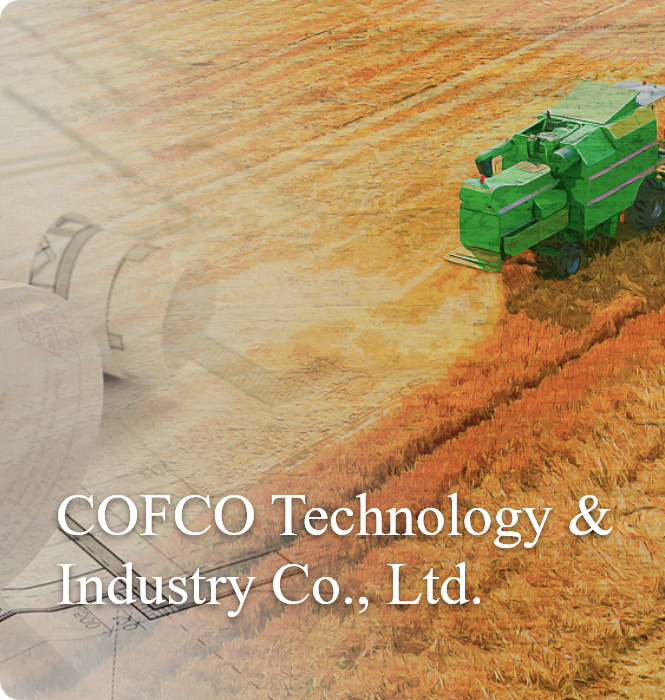A Guide to Pressed and Extracted Oils
Dec 12, 2024
In the edible oil market, pressed oil and extracted oil are the two primary types of oil. Both are safe for consumption as long as they adhere to edible oil quality and hygiene standards. However, there are significant differences between the two in terms of processing techniques, nutritional content, and raw material requirements.
1. Differences in Processing Techniques
Pressed Oil:
Pressed oil is produced using a physical pressing method. This process involves selecting high-quality oilseeds, followed by steps such as crushing, roasting, and pressing to extract the oil. The crude oil is then filtered and refined to produce high-quality pressed oil. This method retains the oil's natural aroma and flavor, resulting in a product with a long shelf life and no additives or residual solvents.
Extracted Oil:
Extracted oil is produced using a chemical extraction method, leveraging the principles of solvent-based extraction. This technique is known for its high oil extraction rate and low labor intensity. However, the crude oil extracted through this method undergoes multiple processing steps, including dewaxing, degumming, dehydrating, deodorizing, deacidifying, and decoloring, before it becomes consumable. These processes often degrade the natural ingredients in the oil, and small amounts of residual solvents may remain in the final product.
2. Differences in Nutritional Content
Pressed Oil:
Pressed oil retains the natural color, aroma, flavor, and nutritional components of the oilseeds. This makes it a more wholesome and flavorful option.
Extracted Oil:
Extracted oil is typically colorless and odorless. Due to the extensive chemical processing, much of its natural nutritional value is lost.
3. Differences in Raw Material Requirements
Pressed Oil:
Physical pressing demands high-quality oilseeds. The raw materials must be fresh, with low acid and peroxide values, to ensure the final oil retains its natural aroma and taste. This method also leaves a higher residual oil content in the oilseed cake, resulting in a lower overall oil yield. Consequently, pressed oil tends to be more expensive.
Extracted Oil:
Chemical extraction has less stringent requirements for raw materials, allowing for the use of oilseeds with varying quality levels. This contributes to a higher oil yield and a lower cost, but at the expense of natural flavor and nutrition.
Machines for oil press: https://www.cofcoti.com/products/oil-fats-processing/
1. Differences in Processing Techniques
Pressed Oil:
Pressed oil is produced using a physical pressing method. This process involves selecting high-quality oilseeds, followed by steps such as crushing, roasting, and pressing to extract the oil. The crude oil is then filtered and refined to produce high-quality pressed oil. This method retains the oil's natural aroma and flavor, resulting in a product with a long shelf life and no additives or residual solvents.
Extracted Oil:
Extracted oil is produced using a chemical extraction method, leveraging the principles of solvent-based extraction. This technique is known for its high oil extraction rate and low labor intensity. However, the crude oil extracted through this method undergoes multiple processing steps, including dewaxing, degumming, dehydrating, deodorizing, deacidifying, and decoloring, before it becomes consumable. These processes often degrade the natural ingredients in the oil, and small amounts of residual solvents may remain in the final product.
2. Differences in Nutritional Content
Pressed Oil:
Pressed oil retains the natural color, aroma, flavor, and nutritional components of the oilseeds. This makes it a more wholesome and flavorful option.
Extracted Oil:
Extracted oil is typically colorless and odorless. Due to the extensive chemical processing, much of its natural nutritional value is lost.
3. Differences in Raw Material Requirements
Pressed Oil:
Physical pressing demands high-quality oilseeds. The raw materials must be fresh, with low acid and peroxide values, to ensure the final oil retains its natural aroma and taste. This method also leaves a higher residual oil content in the oilseed cake, resulting in a lower overall oil yield. Consequently, pressed oil tends to be more expensive.
Extracted Oil:
Chemical extraction has less stringent requirements for raw materials, allowing for the use of oilseeds with varying quality levels. This contributes to a higher oil yield and a lower cost, but at the expense of natural flavor and nutrition.
Machines for oil press: https://www.cofcoti.com/products/oil-fats-processing/
SHARE :



